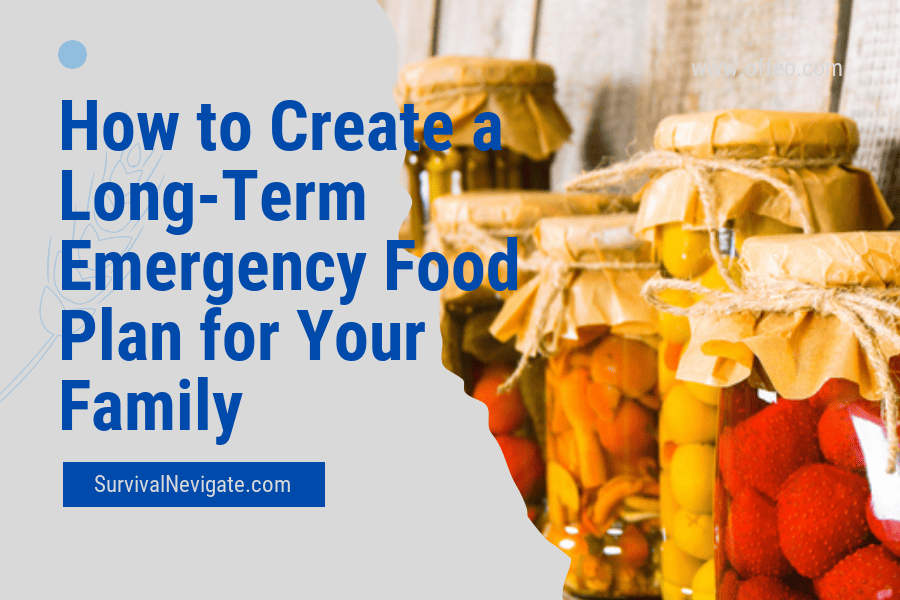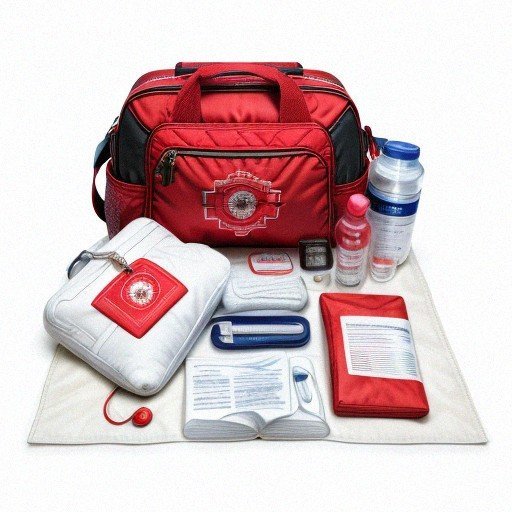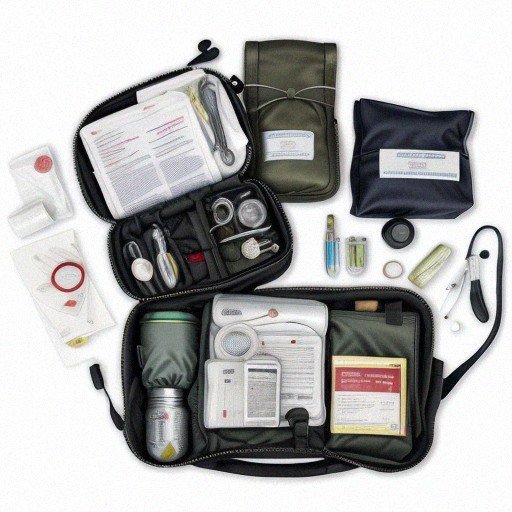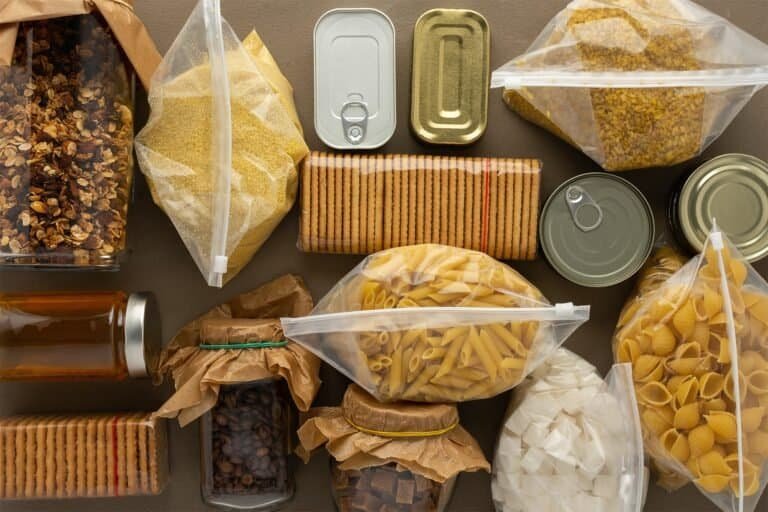How to Create a Long-Term Emergency Food Plan for Your Family
When disaster strikes, it can be difficult to make sure that your family has enough food to last long-term. Preparing an emergency food plan ahead of time can give you peace of mind that no matter what happens, your family will be taken care of. I
n this article, we’ll discuss how to create a long-term emergency food plan for your family. We’ll go over how to determine what kind of food to buy, how much to store, and how to properly store it.
We’ll also discuss how to rotate your food stores to ensure that your family has access to nutritious and safe food during an emergency. By following these steps, you’ll have the confidence that your family is prepared for any unexpected event.
Determining the Right Food for Your Emergency Plan
When it comes to creating an emergency food plan, one of the most important decisions you’ll need to make is what type and how much food to store. It’s important to choose foods that are non-perishable and have a long shelf life.
Examples of these types of food include canned goods, dried beans and grains, boxed meals, and freeze-dried foods. You should also consider the nutritional value of the food you’re storing. Make sure you have a balanced diet of proteins, carbohydrates, and fats.
When determining how much food to store, consider how many people are in your family and for how long you could need to provide for them. It’s a good idea to plan for at least a 72-hour period and up to a two-week period of food storage. This amount of food should be enough to provide for all members of your family.
Finally, once you’ve purchased the food for your emergency plan, it’s important to make sure it’s stored properly. Make sure you place the food in a cool, dry place that’s away from direct sunlight and away from pests.
Additionally, it’s important to rotate your food stores and replace any expired items as needed. This will ensure that your family is properly nourished during any emergency.
By following these tips, you can create a long-term emergency food plan for your family. This will give you peace of mind that your family will always have access to nutritious and safe food, no matter what happens.
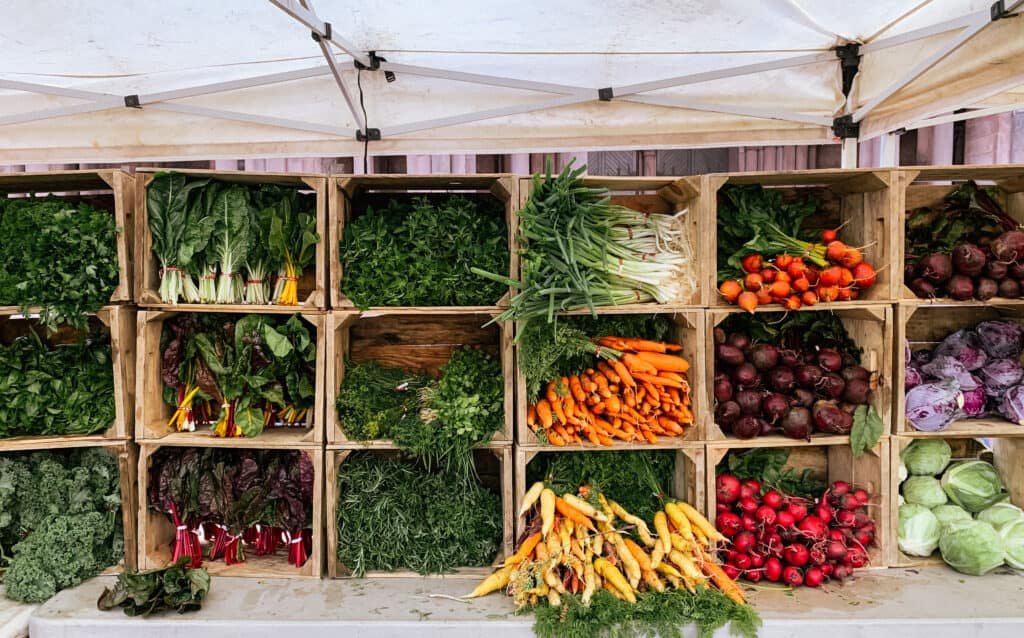
Calculating Amounts of Food to Store
When disaster strikes, it is essential to have a plan for ensuring your family has enough food to last in the long-term. To avoid any surprises or shortages, it is important to create an emergency food plan ahead of time.
The first step in creating a plan is to determine what kind of food to store. Generally, it is best to store non-perishable foods such as canned goods, grains, and dried goods as these items have long shelf lives and require minimal preparation.
Next, you’ll need to calculate the amount of food to store. This can be done by calculating the amount of food needed to provide two servings per day for each person in your family. You should aim to store enough food to last for at least two weeks. Additionally, you can add a few extra items such as vitamins and other supplements to ensure that your family is getting the proper nutrition during an emergency.
Finally, it is important to store food properly. To maintain the quality and safety of the food, it should be stored in a cool, dry place. It is also important to store food away from any sources of heat or direct sunlight. You should rotate your food stores every 6-12 months to ensure that your family has access to fresh and nutritious food during an emergency.
By following these steps, you can create a long-term emergency food plan for your family that will ensure that their needs are taken care of during any disaster.
Finding Appropriate Storage Solutions
When it comes to storing long-term emergency food, it is important to find the right storage solutions for your home. Proper storage is key to ensuring the safety and quality of your food, as well as making sure that it stays fresh and is easy to access. The best storage solutions for emergency food can vary from person to person, but there are a few general tips to keep in mind.
For starters, consider the size of the space you have available. If you have a large pantry or basement, you’ll have more flexibility when it comes to finding the right storage solutions. If you have limited space, you’ll need to look into smaller, more efficient solutions like airtight containers, vacuum sealed bags, and jars. Additionally, look into larger options such as basement shelving and lockable cabinets. These can provide the necessary security and space to store the food you’ll need in an emergency.
No matter which storage solutions you choose, it’s important to rotate your food stores regularly. This will help to ensure that the food you have stored is still safe to eat, and will minimize spoilage and waste.
Be sure to properly label and date your food so that you can keep track of when it was stored, how long it will last, and what needs to be used first. By following these guidelines, you’ll be better prepared for any long-term emergency.
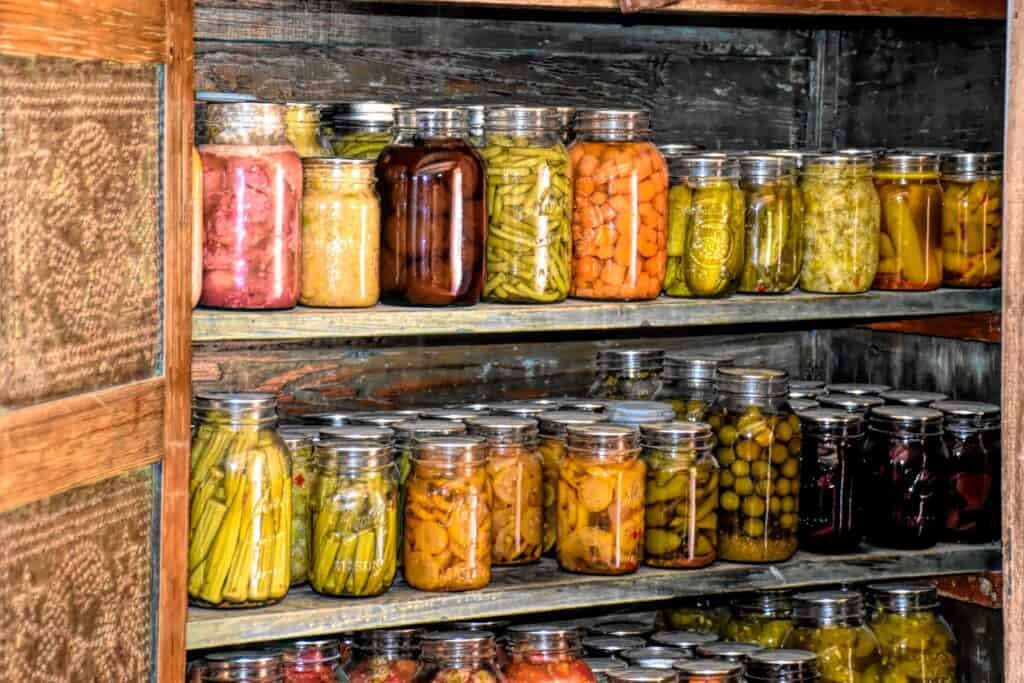
Creating a Meal Plan for Your Family
Creating a meal plan for your family is essential to ensure that everyone is adequately nourished in the event of an emergency.
Focus on non-perishable foods that have a long shelf-life, such as dry grains, beans, canned vegetables, nuts, and dried fruit. It is also important to stock up on other items such as peanut butter, crackers, and powdered milk. It is also important to make sure that everyone has access to a variety of nutritious food sources.
Doing this can help ensure that your family has access to healthy and nutritious meals during an emergency.Having access to enough food during a disaster can give you the peace of mind that your family will be taken care of.
Rotating Your Food Stores
Rotating your food stores is an important part of an emergency food plan. It helps ensure that all of the food is safe to eat and that it will remain nutritious throughout its storage. When rotating your food stores, it’s important to keep track of the expiration dates of the food and to use the oldest food first.
This ensures that you do not end up having to discard food that has expired. Additionally, rotating your food stores allows you to take out food for meals and replace it with new food, so that all of the food remains fresh and safe.
Additionally, it’s important to regularly examine your food stores for signs of spoilage or contamination, and to dispose of any food that is not safe to eat.
Staying Prepared with Regular Checks and Updates
Regularly check the expiration dates on your food items and replace any expired items. You can also add in new items every few months to keep your stores fresh and nutritious.
Finally, make sure to practice emergency drills with your family to ensure everyone knows what to do in the event of an emergency. By following these steps, you can be sure that your family has the food they need in case of a disaster.

